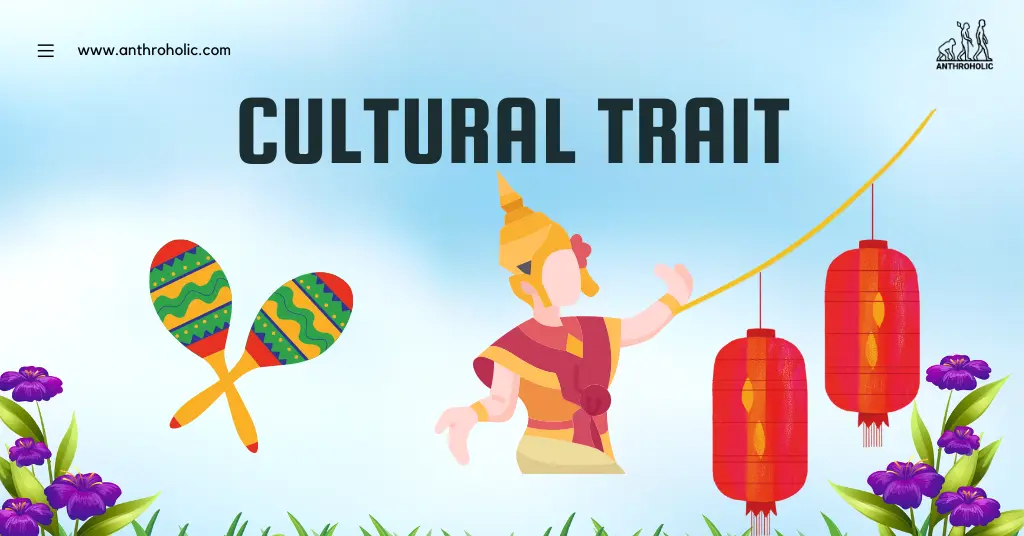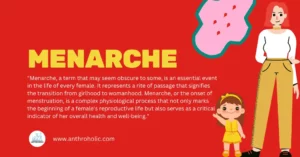AI Answer Evaluation Platform Live Now. Try Free Answer Evaluation Now
Cultural trait
A cultural trait is a distinct, observable, and often measurable element of a particular culture [1]. It is an integral part of the cultural fabric that influences individual behaviors and societal norms.

Defining Cultural Traits
Cultural traits can be defined as individual units of culture, such as the language spoken, clothing worn, religious beliefs, or customs practiced [2]. These traits can be tangible, like artifacts and symbols, or intangible, like belief systems and traditions. Some key aspects of cultural traits include:
- Transmission: Cultural traits are transmitted from one generation to another, creating a chain of cultural continuity.
- Variability: Cultural traits vary across different cultures, leading to a rich diversity of human experience.
- Adaptability: Cultural traits can adapt and evolve over time to meet changing societal needs or environmental pressures.
Types of Cultural Traits
Cultural traits can be broadly categorized into three types:
- Material Culture Traits: These include tangible artifacts, like clothing, architecture, and technology. These physical objects provide insights into a culture’s technological advancement, artistic sensibility, and lifestyle preferences.
- Non-Material Culture Traits: These encompass intangible aspects, such as language, religion, norms, and values. These traits reveal a culture’s belief system, social structure, and moral principles.
- Environmental Culture Traits: These traits reflect a culture’s interaction with its environment, including agricultural practices, resource management, and settlement patterns.
| Type of Trait | Examples |
|---|---|
| Material Culture Traits | Clothing, Architecture, Art |
| Non-Material Culture Traits | Language, Religion, Norms |
| Environmental Culture Traits | Agriculture, Resource Management, Settlement Patterns |
Cultural Traits and Evolution
The evolution of cultural traits is an intricate process, shaped by various factors such as environmental pressures, technological advancements, and cultural exchanges.
1. Natural Selection: Cultural traits that confer survival advantages are more likely to be passed on to future generations, much like biological traits in natural selection [3]. For instance, a culture’s unique agricultural techniques may help it to thrive in harsh environmental conditions.
2. Cultural Diffusion: When cultures interact, they often adopt each other’s traits, a process known as cultural diffusion. This exchange can lead to the evolution of cultural traits and the emergence of hybrid cultures [4].
Impact of Cultural Traits on Society
Cultural traits can have a profound impact on society. They shape our identity, guide our actions, and influence our worldviews. Here are some ways cultural traits impact society:
- Identity Formation: Cultural traits form a critical part of our personal and social identity. They differentiate us from others and bind us together as a group [5].
- Behavioral Influence: Our cultural traits influence our behaviors, decision-making processes, and our interactions with others.
- Cultural Sustainability: Cultural traits contribute to the sustainability of a culture. They are the threads that weave the cultural fabric and ensure its continuity.
Cultural Traits in a Globalized World
In our increasingly globalized world, cultural traits are no longer confined within geographical boundaries. As people migrate and societies become more interconnected, cultural traits are shared and adapted at an unprecedented rate. This cultural convergence can result in hybrid cultures, where traits from different cultures coexist and create unique cultural blends.
- Cultural Exchange: The exchange of cultural traits has become a common occurrence due to globalization and migration. For example, the adoption of western clothing in many non-western countries and the spread of sushi, a Japanese cuisine, worldwide.
- Cultural Integration: The incorporation of diverse cultural traits can lead to a multicultural society where various cultures are acknowledged and respected.
- Cultural Resistance: Sometimes, the introduction of foreign cultural traits can lead to cultural resistance as individuals strive to maintain their cultural identity [6].
| Cultural Scenario | Response |
|---|---|
| Cultural Exchange | Adoption of foreign cultural traits |
| Cultural Integration | Inclusion of diverse cultural traits |
| Cultural Resistance | Preservation of native cultural traits |
The Role of Cultural Traits in Conflict and Cooperation
Cultural traits can also play a significant role in both conflict and cooperation among different groups.
- Conflict: Differences in cultural traits, especially in core beliefs and values, can lead to misunderstandings and conflict [7]. For example, clashes often occur between cultures with differing views on individualism versus collectivism.
- Cooperation: On the other hand, shared cultural traits can facilitate cooperation by establishing common ground, promoting mutual understanding, and fostering shared identities [8].
The Study of Cultural Traits: Ethnography and Anthropology
The scientific study of cultural traits is undertaken primarily in the fields of ethnography and anthropology. These disciplines explore cultural traits to understand human behavior, societal structures, and the evolution of cultures.
- Ethnography: Ethnographers conduct in-depth studies of cultures, often living within the community, to understand the intricacies of cultural traits and their impact on society [9].
- Anthropology: Anthropologists study human societies and cultures over time. They investigate how cultural traits evolve, interact, and shape human civilization [10].
Conclusion
Cultural traits are the building blocks of culture. They encapsulate a wide range of material and non-material elements that give a culture its distinct identity. These traits, passed down through generations, adapt, evolve, and shape the societal norms and individual behaviors in fascinating ways. Recognizing and understanding cultural traits is not just a study of diversity, but also a step towards fostering intercultural respect and appreciation.
References
[1] Durham, W.H., (1991). “Coevolution: Genes, Culture, and Human Diversity”. Stanford University Press.
[2] Fuentes, A., (2012). “Race, Monogamy, and Other Lies They Told You”. University of California Press.
[3] Richerson, P.J., & Boyd, R., (2005). “Not By Genes Alone”. University of Chicago Press.
[4] Cavalli-Sforza, L.L., & Feldman, M.W., (1981). “Cultural Transmission and Evolution”. Princeton University Press.
[5] Tajfel, H., & Turner, J.C., (1986). “The social identity theory of intergroup behaviour”. Psychology of Intergroup Relations.
[6] Schönpflug, U., (2001). “Intergenerational transmission of values: The role of transmission belts”. Journal of Cross-Cultural Psychology.
[7] Triandis, H.C., (1996). “The psychological measurement of cultural syndromes”. American Psychologist.
[8] Sherif, M., (1966). “In Common Predicament: Social Psychology of Intergroup Conflict and Cooperation”. Houghton Mifflin Company.
[9] Hammersley, M., & Atkinson, P., (2007). “Ethnography: Principles in Practice”. Routledge.
[10] Ember, C.R., & Ember, M., (2001). “Cultural Anthropology”. Prentice Hall.




